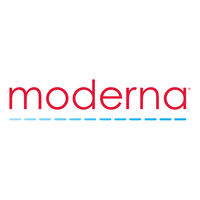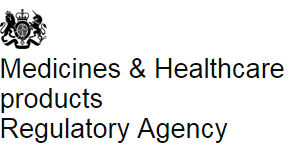Request Demo
MHRA approves Pierre Fabre’s vibegron to treat OAB
18 Jul 2024
Clinical ResultPhase 3Drug Approval
The asset is indicated for the treatment of overactive bladder syndrome symptoms in adult patients. Credit: New Africa / Shutterstock.
The UK Medicines and Healthcare products Regoveractive bladder syndromepproved Pierre Fabre’s vibegron (Obgemsa) to treat overactive bladder (OAB) syndrome symptoms in adults.
Symptoms include urgency, high urinary frequency and incontinence.vibegronObgemsaoveractive bladder (OAB) syndrome
A beta 3 adrenergic receptor agonist, vibegron functiincontinencedder muscle relaxant to ease the bladder muscle activity.
Thbeta 3 adrenergic receptor agonistbeta 3 adrenergic receptors a 75mg fvibegroned tablet.
The approval is backed by data from the Phase III EMPOWUR clinical trial, which assessed it for 12 weeks in 1,515 OAB patients.
See Also:Conflict means millions of children are missing vaccinations, UN says
Moderna and Mitsubishi Tanabe link on mRNA vaccines in Japan
Participants received a daily dose of either placebo, vibegron 75mg or an active control.
Modernan significantly reduced daily urination and incontinence episodes versus placebo, with improvements observed within two weeks and sustained over the treatment period.
Patients on vibegron reported side effects such as headaches, diarrhoea, constipation, nausea, urinary tract infections and increased post-void residual urine volume.
The MHRA assures ongoing monitoring of vibegron’s safevibegronfficacy and encourages reporting of any side effects through the Yellow Card scheme.
Vibegron has also approved AstraZeneca’s capivasertincontinencefor advanced HR-positive, HER2-negative breast cancer with specific genetic abnormalities unresponsive to other treatments.
Capivasertibvibegron inhibitor, impedes cancer cellheadachesatdiarrhoeas constipation onauseaalurinary tract infectionsormonal therapy.
The approval was supported by a clinicavibegroninvolving 708 patients, with a subset of 289 patients exhibiting the targeted genetic mutations.
In cMHRAcal studies, capivaAstraZenecatedcapivasertib (Truqap)veragadvanced HR-positivengHER2-negative breast cancer progress, compared to 3.1 months for placebo-treated patients.
Capivasertibugar,AKTarrhoea, rash and otcancerin drug responses, urinary tract infection, low blood haefulvestrantvels, appetite loss, nausea, vomiting, mouth sores or ulcers with gum inflammation, itching and fatigue are possible side effects of the medication.
For more details,please visit the original website
The content of the article does not represent any opinions of Synapse and its affiliated companies. If there is any copyright infringement or error, please contact us, and we will deal with it within 24 hours.
Indications
Targets
AI Agents Built for Biopharma Breakthroughs
Accelerate discovery. Empower decisions. Transform outcomes.
Hot reports
Get started for free today!
Accelerate Strategic R&D decision making with Synapse, PatSnap’s AI-powered Connected Innovation Intelligence Platform Built for Life Sciences Professionals.
Start your data trial now!
Synapse data is also accessible to external entities via APIs or data packages. Empower better decisions with the latest in pharmaceutical intelligence.





